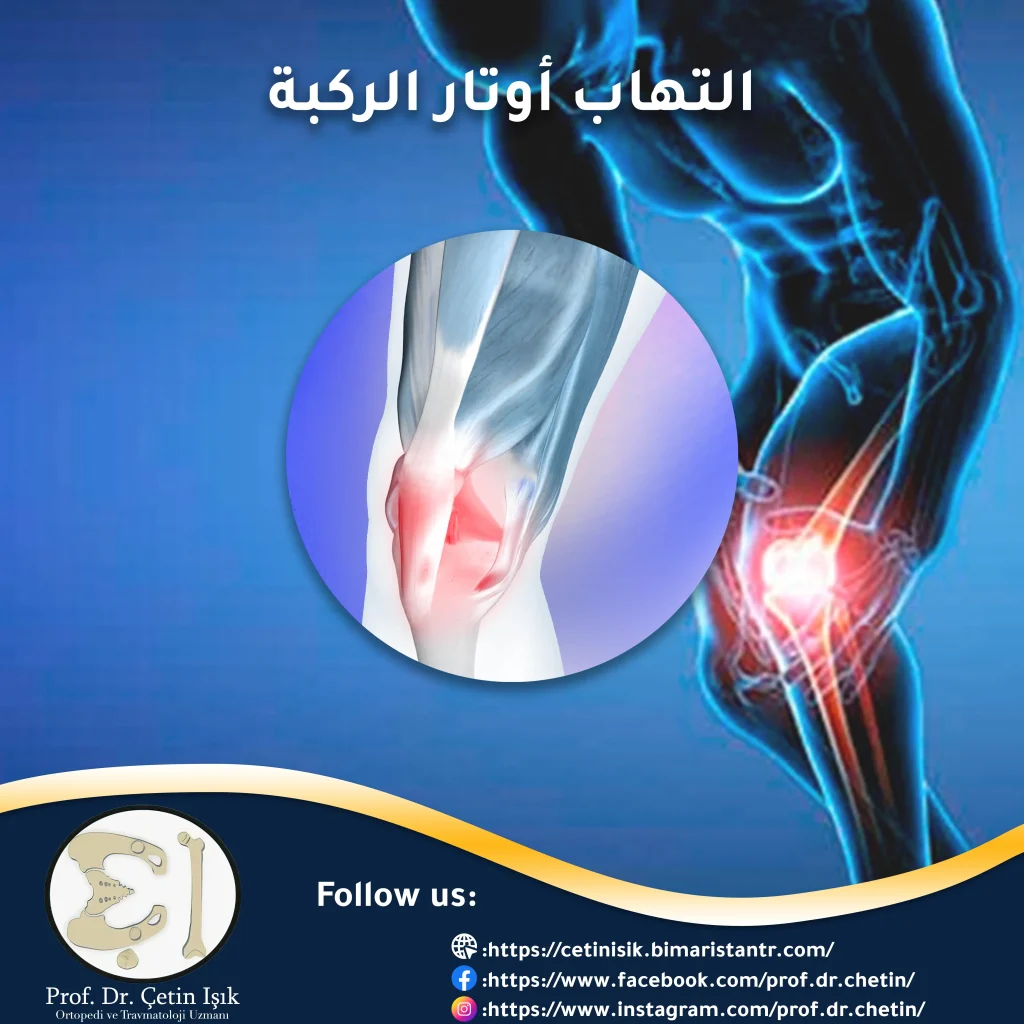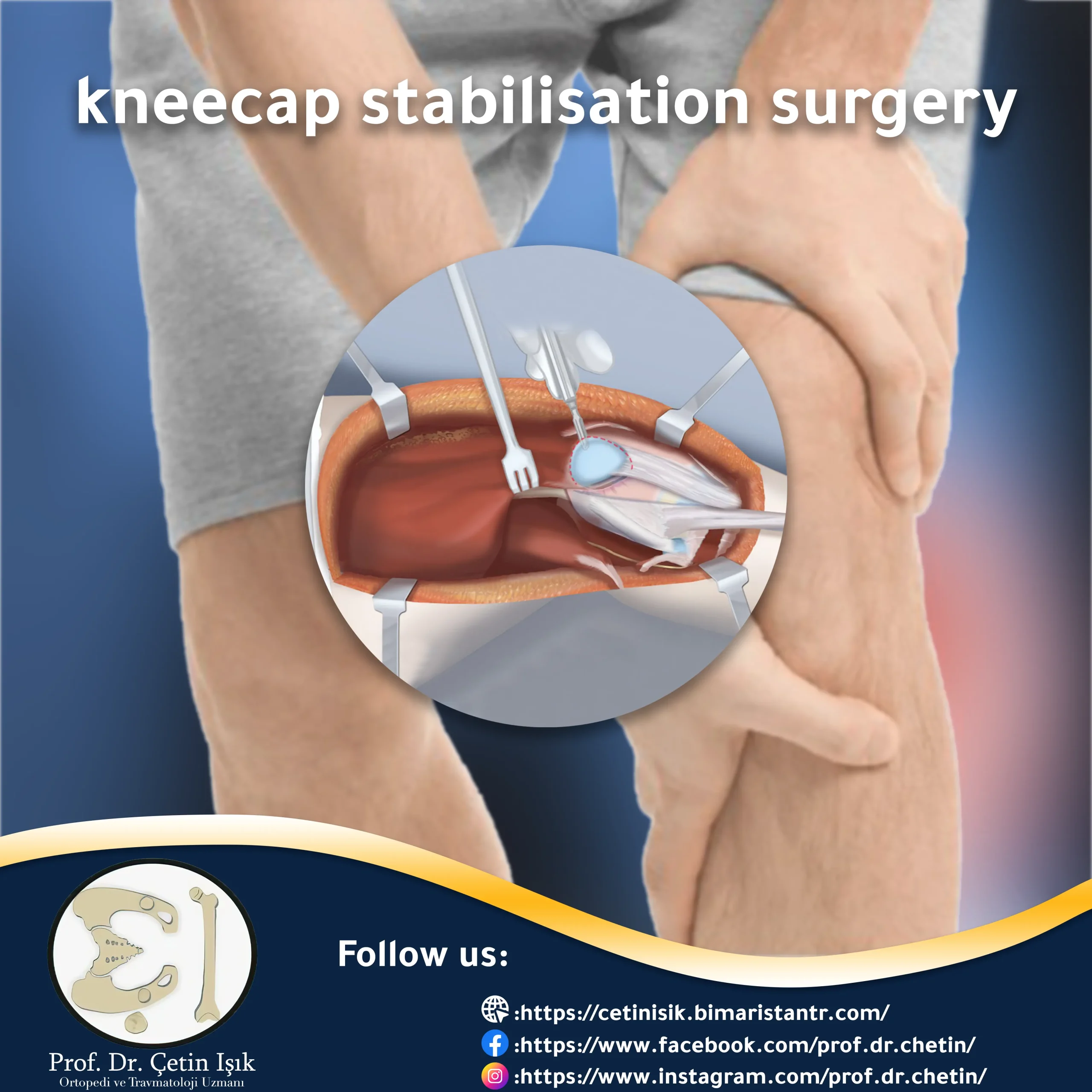Knee cap dislocation is the separation of the kneecap from its place, which is relatively common in athletes after they have been subjected to strong trauma. As for non-traumatic causes, they are uncommon.
In this article, we talk about how the knee cap slips, and the reasons leading to it, in addition to the different types of that, and the extent of the danger of dislocation of the kneecap for the injured person, and how to return the kneecap to its place, so that it is your comprehensive reference.
Glimpses of kneecap dislocation
Patellar dislocation is the expulsion of the kneecap from its natural place, which is in the front section of the knee joint (the meeting of the femur with the tibia). The mechanism causing dislocation varies according to the type of dislocation. It is a painful injury until it is managed. Sports practitioners such as football and hockey players are the most They are more likely to receive injuries that cause dislocation of the knee cap. Despite this, females, due to the relative difference in the anatomical structure of the knee joint from males, are more likely to be dislocated without consent (without an injury or a blow to the knee).
A study confirms that kneecap problems account for 25% of all sports knee injuries.
Kneecap dislocation is common patella dislocation In young men who practice sports, while females suffer from kneecap injuries, and the removal of their kneecaps is often due to unsatisfactory reasons.
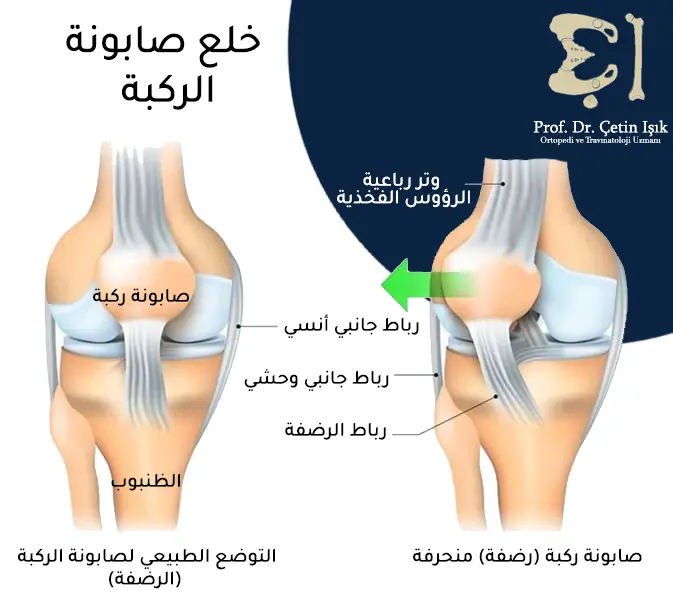
Types of kneecap dislocation
There are two main types of kneecap dislocation:
Traumatic kneecap dislocation
When the knee is in a semi-flexed position with a force or blow on the inner side of the knee (the medial side) the patella (the patella) comes out of its place and pushes towards the outside (the lateral side) this happens in 93% cases of injury, so the dislocation of the patella in this type is an acute condition It results from a direct injury to it or as a result of a sprained knee, and this injury can be associated with a fracture of the knee cap.
Recurrent (recurring) kneecap dislocation
An uncommon injury that occurs in females in adolescence (after the age of 15) due to:
- Soul knee
- Injuries to the ligaments around the knee joint
- Underdevelopment of the lateral condyle of the thigh
- Narrow distance between the two femoral condyles
The back surface of the kneecap has a triangular joint face, any anatomical defect in it facilitates the occurrence of dislocation of the kneecap.
Kneecap dislocation symptoms
Symptoms of kneecap movement include these signs:
- Knee pain after exposure to the causative accident.
- Lateral inward (medial) rotation of the thigh, while the casualty's leg remains in its correct position.
- Rapid swelling around the site of the injury.
- Sensation of being in the knee may be lost.
- Difficulty bending the knee, in addition to the inability to walk.
- Knee pain during exercise or when sitting for long periods.
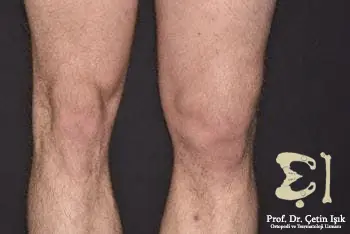
Knee spondylosis symptoms may be confused with other symptoms of knee injuries.
Risk factors for knee dislocation
Risk factors for this dislocation to occur include:
- Athletes, especially sports that require strong physical contact.
- Adolescents with abnormal joints and ligaments.
- Large and tall men have more joints under stress.
- Women with a large pelvis and weak ligaments.
- People who have an unstable kneecap or who have had a dislocated kneecap (kneecap).
- Genetic factors play a role in patellar dislocation.
- Down syndrome patients.
Diagnosis of kneecap dislocation
The practicing doctor can diagnose the dislocation of the spondylosis through the clinical examination of the patient. The patient is asked about the details of the accident (if any) that led to the dislocation, and the presence of previous or current diseases. Then he moves to examine the area of injury around his injured knee and feels it. To know whether a dislocation of the patella has occurred. Doctors can then request an x-ray as they deem appropriate, in order to confirm the diagnosis and deny other accompanying injuries that occur to the knee as a result of the trauma.
Differential diagnoses of knee cap dislocation
Other knee injuries can have symptoms similar to those of a dislocated kneecap, including:
- Tear of the anterior cruciate ligament of the knee
- Injury to the meniscus of the knee
- Knee collateral ligament tear (medial and lateral ligament)
- Kneecap fracture (patella)
Knee dislocation treatment
The treatment of moving the knee cap from its place is easy in the case of traumatic dislocation, and surgical treatment in the event of a recurrent knee cap dislocation. Treatment includes:
Traumatic kneecap dislocation treatment
The treatment of the moving kneecap is by extending the injured leg, then pushing the kneecap towards the inner (medial) side, then applying a splint to fix the kneecap for one to two months, while making sure that the ligaments around the kneecap are safe from tearing.
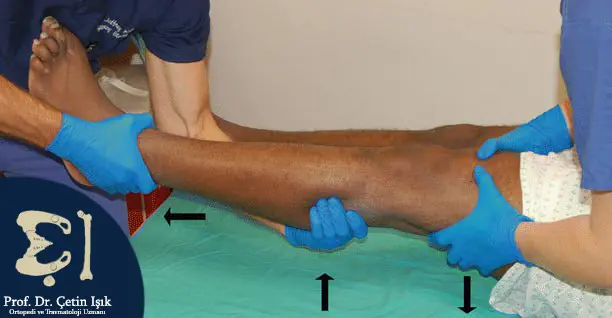
Treatment of recurrent or recurrent knee cap dislocation
Surgery is performed, by moving the patellar tendon anchor (the saponaria tendon) downward and medial, and there are other surgical methods.
We can resort to folding the soft tissues surrounding the soap from the medial side to increase the tensile strength from the medial side.
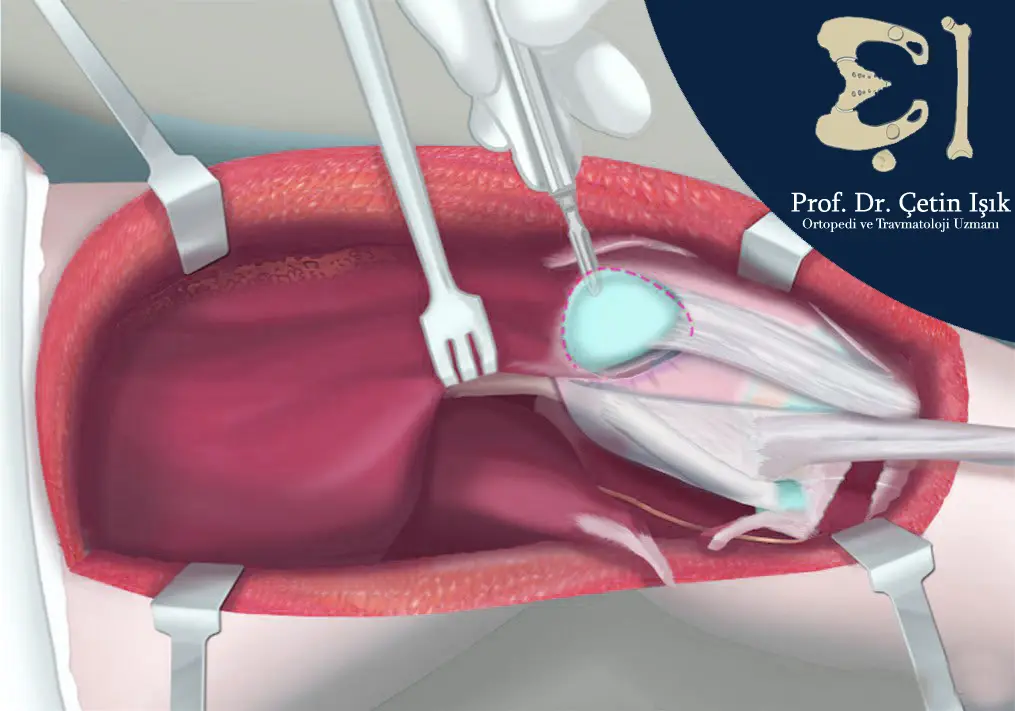
Medical therapy
The drugs used in the treatment of dislocation are the same as those used to treat the patellar fracture, which include non-steroidal anti-inflammatory drugs (NSAIDS) and paracetamol, and attention should be paid to the possibility of an allergy to these drugs.
Prevention of kneecap dislocation
Once the kneecap has dislocated, it becomes easy to happen again in the event of exposure to the same injury. It is then preferable to follow the factors that contribute to reducing the chances of dislocation, which include:
- Physical rehabilitation: In case of dislocation for the first time, it is necessary to ensure that a full recovery has occurred from the injury. It is recommended to consult a physiotherapist who provides advice and instructions, and gives exercises to treat kneecap deviation, to strengthen the muscles that help support the kneecap and that work to fix the kneecap in its correct place. .
- Exercising correctly: Exercising in the wrong way can double the possibility of dislocating the knee cap. Specialized trainers can be used to guide the athlete to perform the exercises in the correct manner.
- The process of fixing the kneecap: Doctors can consider surgery for the patient, in case of deformity in the anatomical shape of the patella, to support and strengthen the injured kneecap within the context of treating the deviation of the kneecap.
In conclusion, the dislocation of the kneecap is the movement of the kneecap from its place, which appears commonly in male athletes. Women can be injured for reasons not related to bruising. In the event of repeated dislocation, the treatment of the kneecap movement is by performing a surgical operation, discussing its benefits with the doctor.
Sources:
Common questions
Slight deviation of the knee cap without symptoms affecting the patient's movement, it can be considered normal, and it is managed by physical therapy for the knee cap. As for moving the kneecap from its place and diagnosing its dislocation with symptoms, it is considered an acute injury that must be treated.
When the kneecap or knee cap is completely removed by surgery, the patient will suffer from instability in the knee joint, and he may not be able to extend his knee, in addition to recurring pain and swelling around the knee, stiffness and restriction of its natural range of motion.
It is possible to restore the dislocation by the injured person himself, by extending and extending the leg with slight manual use in some cases.Knee arthroscopyBecause the dislocation of the kneecap may be accompanied by a rupture of one or more knee ligaments, and then exercises must be exercised in order to treat weakness of the kneecap.
Sprains and movements outside the normal range of the knee caused by falls or forceful injuries lead to this injury, which manifests as pain and inability to move.
3 to 4 months is the time it takes to recover after treatment with surgical intervention.
The treatment of traumatic knee spondylosis is by extending the leg and pushing it to the medial side, after which a knee splint fixator (such as a splint) must be placed. As for the recurring and recurrent knee splint movement, it often requires a knee splint fixation process.



